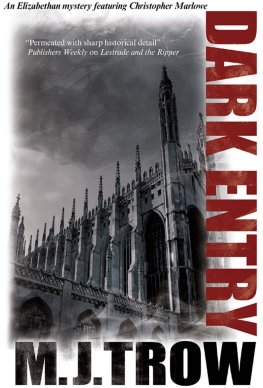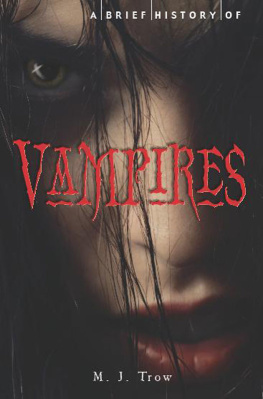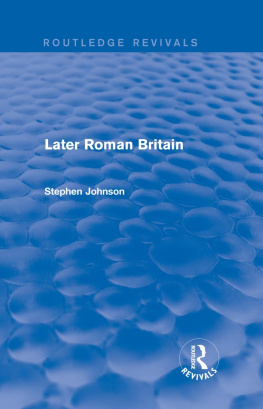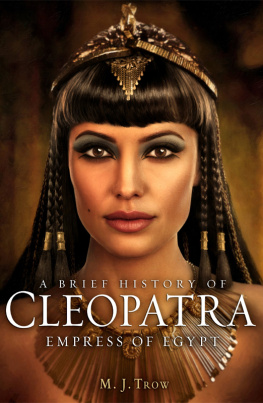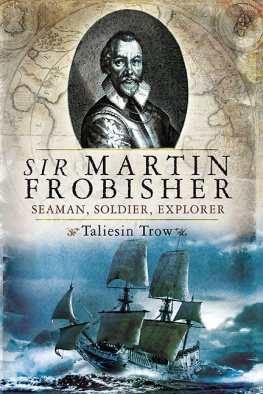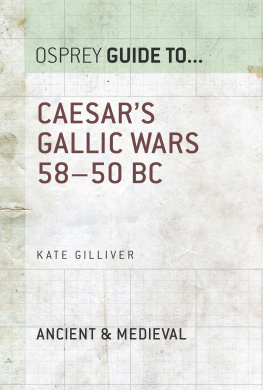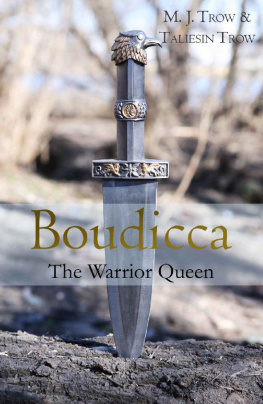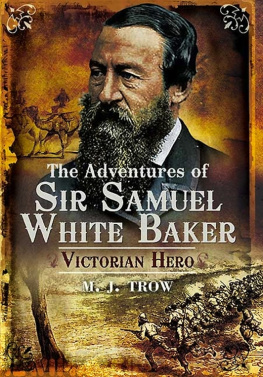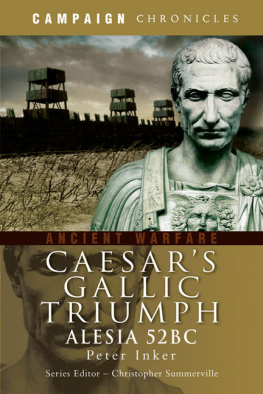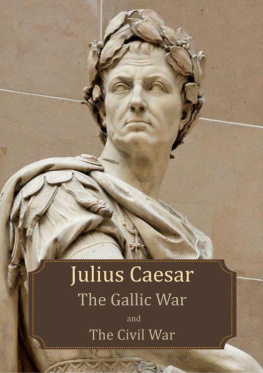Stephen Trow - Becoming Roman, Being Gallic, Staying British
Here you can read online Stephen Trow - Becoming Roman, Being Gallic, Staying British full text of the book (entire story) in english for free. Download pdf and epub, get meaning, cover and reviews about this ebook. year: 2022, genre: Home and family. Description of the work, (preface) as well as reviews are available. Best literature library LitArk.com created for fans of good reading and offers a wide selection of genres:
Romance novel
Science fiction
Adventure
Detective
Science
History
Home and family
Prose
Art
Politics
Computer
Non-fiction
Religion
Business
Children
Humor
Choose a favorite category and find really read worthwhile books. Enjoy immersion in the world of imagination, feel the emotions of the characters or learn something new for yourself, make an fascinating discovery.

- Book:Becoming Roman, Being Gallic, Staying British
- Author:
- Genre:
- Year:2022
- Rating:4 / 5
- Favourites:Add to favourites
- Your mark:
- 80
- 1
- 2
- 3
- 4
- 5
Becoming Roman, Being Gallic, Staying British: summary, description and annotation
We offer to read an annotation, description, summary or preface (depends on what the author of the book "Becoming Roman, Being Gallic, Staying British" wrote himself). If you haven't found the necessary information about the book — write in the comments, we will try to find it.
Becoming Roman, Being Gallic, Staying British — read online for free the complete book (whole text) full work
Below is the text of the book, divided by pages. System saving the place of the last page read, allows you to conveniently read the book "Becoming Roman, Being Gallic, Staying British" online for free, without having to search again every time where you left off. Put a bookmark, and you can go to the page where you finished reading at any time.
Font size:
Interval:
Bookmark:

Oxbow Books, Oxford
(Phone: 01865-241249; Fax: 01865-794449)
PO Box 511, Oakville, CT 06779, USA
(Phone: 860-945-9329; Fax: 860-945-9468)
Back cover: Aerial photograph of Ditches enclosure in 1985 (NMR copyright)
Short Run Press Ltd, Exeter
- Location of Ditches enclosure in relation to selected Late Iron Age and Roman sites in the region.
- Ditches and the Bagendon environs.
- Air photograph of Ditches enclosure taken in 1984, looking east, showing the villa as a cropmark.
- Aerial photograph, looking north east, of enclosure showing the outer antenna ditch.
- Plan of Ditches enclosure based on aerial photographs with location of 19825 trenches.
- Plan of Trench E in relation to trenches excavated in 19823 (after Trow 1988a).
- Plan of Trenches E and H.
- View of Trench E, looking north, after excavation.
- Sections of the Inner enclosure ditch E[322].
- Sections of quarry pit in Trench E, NorthSouth ditch E[255] and EastWest ditch E[254].
- Sections of quarry pit in Trench E.
- Plan of cattle skeletons in Quarry pit.
- Cattle skeletons after excavation.
- Plan of pre-villa (late Iron Age) features in Trench F.
- Sections of Iron Age pits and Iron Age postholes.
- Plan of Roman features in Trenches F and G.
- View of Trench F, looking north, after excavation.
- Plan of villa based on aerial photographic and excavated evidence from Trenches F and G.
- Section of cellar (F8).
- North facing cellar wall.
- East facing cellar wall.
- West facing cellar wall.
- View of the cellar after excavation, looking south.
- Putlog holes in east facing cellar wall.
- Sections through villa walls.
- Gradiometry survey of Ditches enclosure.
- Interpretative plot of geophysical survey.
- Phases of activity in Trench F.
- Comparison of Ditches villa phase 4 and other early villas.
- Comparison of Ditches villa phase 6 and other corridor villas.
- Comparison of Ditches villa phase 7 and other winged second century AD villas.
- Early Roman villas in late Iron Age enclosures.
- Selected probable and possible first century AD villas in Britain.
- Gallo-Belgic pottery.
- Samian pottery.
- Coarse pottery.
- Coarse pottery.
- Coarse pottery.
- Coarse pottery.
- Coarse pottery.
- Coarse pottery.
- Coarse pottery.
- Coarse pottery.
- Brooches.
- Brooches.
- Brooches and copper alloy objects.
- Iron Age coins.
- Iron finger-ring.
- Glass, pipeclay figurine and the touchstone.
- Worked bone objects.
- Finds of clay, worked bone, plaster and lead.
- Finds of copper alloy, lead snake terminal, lead and iron.
- Cereral grain proportions from Ditches contexts.
- Tripole graph showing relative proportions of chaff, grain and weeds from Ditches assemblages.
- Summary of the dates of the samian vessels from the Inner Enclosure Ditch and the Top Quarry Fills, Trench E.
- The Composition of the samian from the Inner Enclosure Ditch and the Top Quarry Fills by form. Numbers record the instances of each category. All vessels represented here are in South Gaulish La Graufesenque fabric.
- Summary of the dates of the samian vessels from the fills of the Cellar (contexts 426, 480, 485, 488, 489, 491, 495).
- The composition of the samian from the cellar by source and form. Numbers record the number of instances of each category.
- The composition of the samian from 1985 by source and form. Numbers record the number of instances of each category.
- The composition of the samian from 1985 by source and form. Numbers record the Rim Equivalence (EVE) for categories. Total RE 9.46.
- Fabrics in ceramic group A.
- Fabrics in ceramic group B2.
- Fabrics in ceramic group C1.
- Fabrics in ceramic group C2.
- Fabrics in ceramic group D.
- Fabrics in ceramic group E1.
- Fabrics in ceramic group E2.
- Fabrics in ceramic group F.
- Fabrics in ceramic group G1.
- Fabrics in ceramic group G2.
- Fabrics in ceramic group H.
- Fabric quantities from all contexts 19845.
- Comparison of Trows fabric groups by % of assemblage from presumed Late Iron Age or first century AD contexts in Trench F compared with 19823.
- Comparison of Trows fabric groups by % of assemblage from all contexts in Trench E compared with 19823.
- Comparison of Trows Form groups by % of the assemblage in Trench E compared with 19823.
- Quantification of marine mollusca (minimum numbers).
- Bone elements from human remains.
- Context level data standardised to seeds/ 10 litres sediment.
- Description of the cattle articulations from the quarry pit E[304].
- State of the bones: the degree of fragmentation.
- Species representation (hand collected total fragment counts).
- Percentage abundance of major domesticates by occupation period and feature using total fragment (TF) and epiphyses only counts (EO). Hand collected data.
- Distribution of neonate/infant cattle, sheep/goat and pigs.
- Tooth wear/eruption data for cattle, sheep/goat and pig. Hand collected data.
- Cattle, sheep/goat and pig epiphysis fusion data (hand collected).
- Ages of mandibular tooth eruption (wear stages after Grant 1975) and epiphysis fusion.
- Comparison of age data from Ditches 82/83, Bagendon and Wanborough.
- Cattle representation of skeletal parts and frequency of parts with butchery cuts. Hand collected total fragment counts.
- Use of the cleaver and the knife in cattle, sheep/goat and pig from selected bone groups. Hand collected total fragment counts.
- Size of cattle skeletons from quarry pit E[304].
- Withers/shoulder heights of cattle, sheep, pig, horse and dog.
- Selected measurements of cattle, sheep/ goat and pig.
- Representation of major domesticates from a selection of sites. Hand collected counts.
Font size:
Interval:
Bookmark:
Similar books «Becoming Roman, Being Gallic, Staying British»
Look at similar books to Becoming Roman, Being Gallic, Staying British. We have selected literature similar in name and meaning in the hope of providing readers with more options to find new, interesting, not yet read works.
Discussion, reviews of the book Becoming Roman, Being Gallic, Staying British and just readers' own opinions. Leave your comments, write what you think about the work, its meaning or the main characters. Specify what exactly you liked and what you didn't like, and why you think so.

